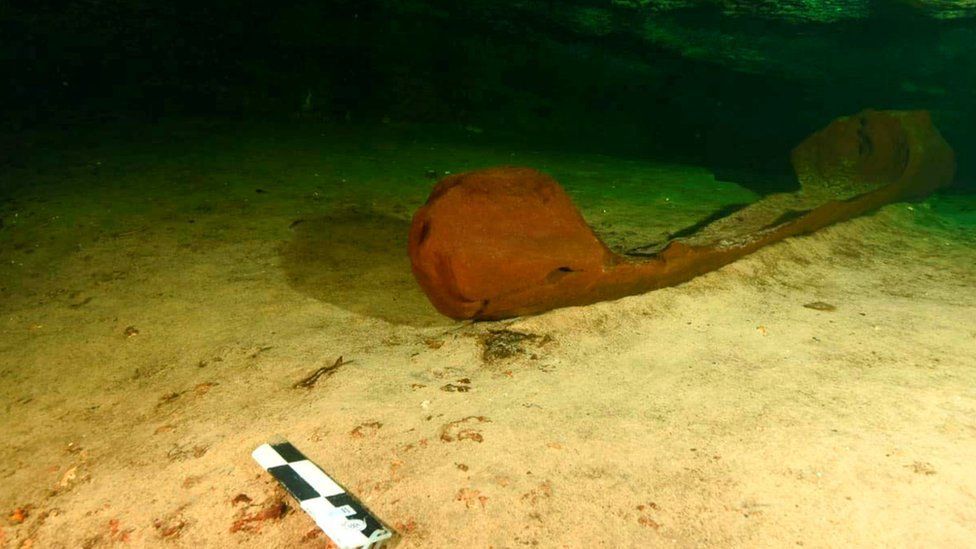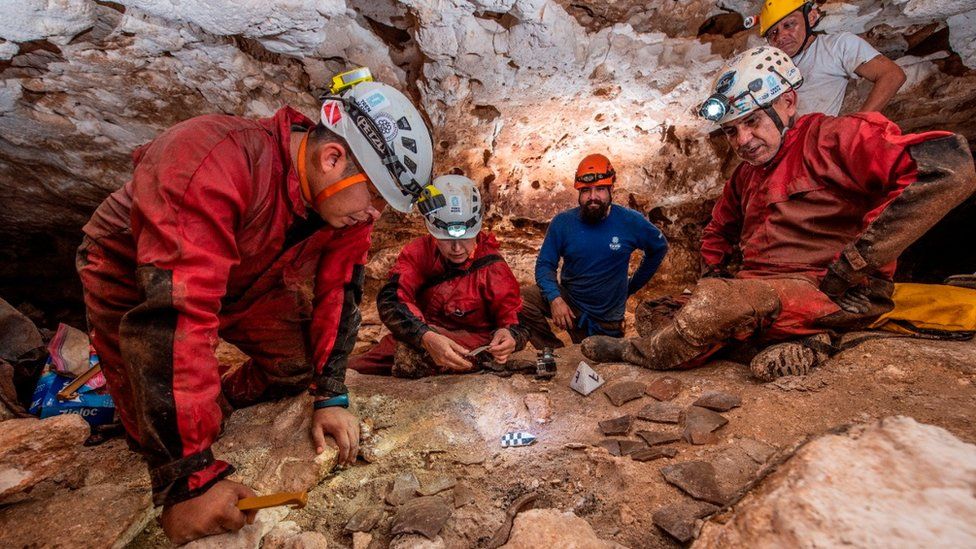
An ancient Mayan wooden canoe was found in the Southern Mexican state of Yucatan. The artifact is believed to be over a thousand years old. Here’s all you need to know about the Mayan canoe.
Ancient Mayan artifact surfaces

The Mayan civilization has always been a mystery and period of wonder to us. Imagine the surprise of people at a tourist train construction site when an ancient Mayan artifact pops up! An extremely rare canoe, found in an intact state, submerged in a cenote. Cenotes are fresh-water pools present all over the Yucatan peninsula in Mexico. The region is close to the ruins of Chichen Itza, a once major Mayan city. The Chichen Itza was once famous for its elaborate carved temples and pyramids.
The canoe, found by workers when they were building a tourist railway project commissioned by Andres Manuel Lopez Obrador, the President. According to the president, the Maya Train will be tourist friendly and help in raising southern Mexico from poverty. However, critics believe that the tourist railways will add pressure on the delicate ecosystem of the region.
More on the rare Mayan canoe
The canoe measures 1.6 meters in length and 0.8 meters in width. According to experts from the Mexican antiquities Institute (INAH), the canoe was possibly for depositing ritual offerings. Alternatively, it could also be for transporting water from the cenote. They describe the rare artifact as “the first complete canoe like this in the Maya area”. Additionally, experts from the Sorbonne University in Paris will aid in analyzing the wood and pinpointing the age and wood type.
According to experts, the canoe is possibly from 830-950 AD. They believe that it was from near the end of the civilization’s classical zenith. This is the same period when several cities from today’s Central America and southern Mexico thrived with advancements in writing, math, and art. They added that they will commission a 3D model to help in studying its details and making replicas.






